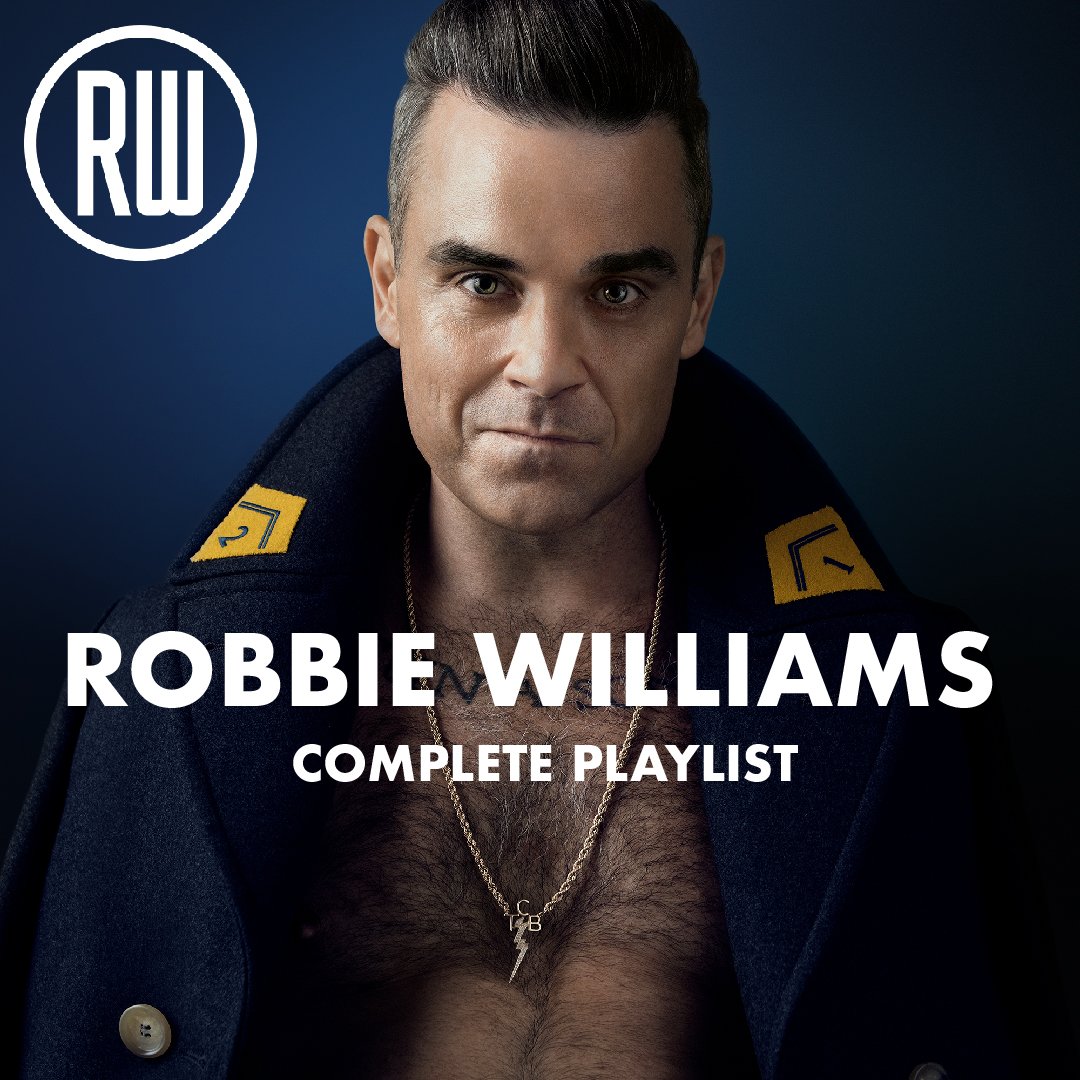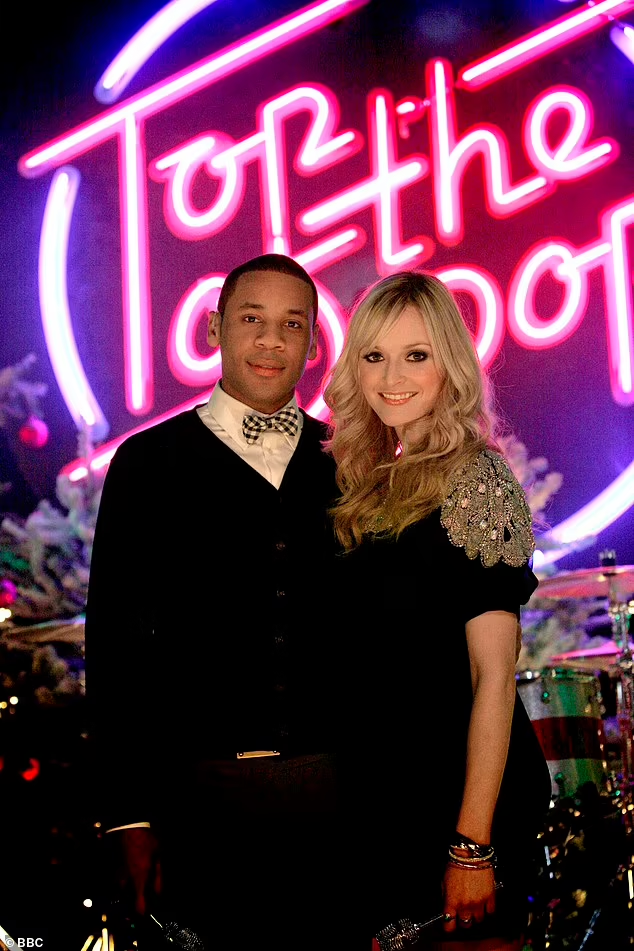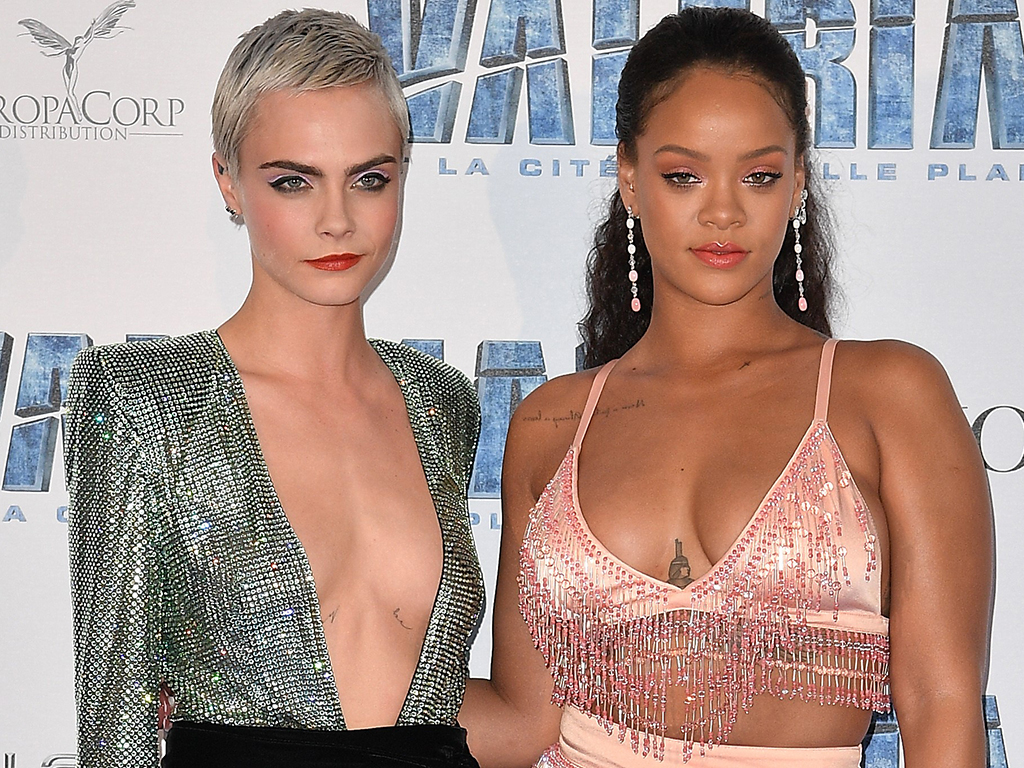 Robbie Williams and Gary Barlow are two iconic British pop artists who have enjoyed remarkable success both as members of the popular group Take That and as solo performers. Their musical journeys have been marked by chart-topping hits, sold-out concerts, and a healthy dose of friendly competition. Individually, they have established themselves as formidable artists with distinct styles and loyal fan bases, constantly vying for the top spot on the charts. Let’s delve into the background of these two remarkable musicians.
Robbie Williams and Gary Barlow are two iconic British pop artists who have enjoyed remarkable success both as members of the popular group Take That and as solo performers. Their musical journeys have been marked by chart-topping hits, sold-out concerts, and a healthy dose of friendly competition. Individually, they have established themselves as formidable artists with distinct styles and loyal fan bases, constantly vying for the top spot on the charts. Let’s delve into the background of these two remarkable musicians.
Robbie Williams burst into the music scene as a member of Take That in the early 1990s. With his charismatic stage presence and powerful vocals, he quickly became a fan favorite. However, his rebellious nature and desire for creative independence led him to depart from the group in 1995 to pursue a solo career. Williams’ solo debut album, “Life thru a Lens,” was a massive success, spawning the hit single “Angels” and establishing him as a force to be reckoned with in the industry. He continued to release chart-topping albums and singles, including “Rock DJ,” “Feel,” and “She’s the One,” solidifying his status as one of the UK’s most successful solo artists.
Meanwhile, Gary Barlow remained with Take That after Williams’ departure and became the group’s primary songwriter. Barlow’s talent for creating heartfelt and memorable music was evident in his compositions, which resonated with fans and helped Take That achieve immense success. However, the group disbanded in 1996, leading Barlow to embark on a solo career. His debut album, “Open Road,” featured the hit single “Forever Love” and showcased Barlow’s prowess as a singer-songwriter. He went on to release several successful albums, including “Twelve Months, Eleven Days” and “Since I Saw You Last,” cementing his reputation as a solo artist.
The rivalry between Williams and Barlow has been an underlying theme throughout their careers. Their album sales have consistently been a topic of comparison and competition, with fans and critics eager to determine who reigns supreme. The clash of their artistic personalities and musical styles has fueled their individual journeys, pushing them to continuously strive for excellence and innovation. Their dynamic relationship has even led to collaborations, such as their hit duet “Shame” in 2010.
In conclusion, Robbie Williams and Gary Barlow are two immensely talented artists who have made significant contributions to the music industry. Their success as members of Take That and as solo performers is a testament to their exceptional talent and dedication. While their ongoing rivalry in terms of album sales adds an intriguing layer to their careers, it is their undeniable musical prowess and ability to captivate audiences that truly sets them apart. Whether together or apart, Williams and Barlow continue to shape the pop music landscape and leave an indelible mark on the world of entertainment.
Robbie Williams and Gary Barlow are two iconic figures in the music industry, renowned for their solo careers and immense talent. Both artists have had remarkable success in terms of album sales, chart positions, and loyal fan bases. In this article, we will delve into the world of these music legends, analyzing their previous album sales and exploring the patterns and trends that have emerged.
When it comes to album sales, both Robbie Williams and Gary Barlow have left an indelible mark on the charts. Williams, often hailed as one of the best-selling British artists of all time, boasts an impressive track record. His albums have consistently performed well, with numerous chart-topping hits. From his debut solo album “Life thru a Lens” to his more recent work like “Swings Both Ways,” Williams has captured the hearts of fans worldwide.
Similarly, Gary Barlow has enjoyed significant success throughout his solo career. While his sales may not reach the astronomical figures achieved by Williams, Barlow has certainly held his own in the music industry. With albums such as “Open Road” and “Since I Saw You Last,” Barlow has secured a dedicated fan base and garnered critical acclaim.
Comparing the sales figures of these two artists is a fascinating exercise. Williams’ albums have often skyrocketed to the top of the charts, selling millions of copies globally. On the other hand, Barlow’s releases have typically achieved steady sales, maintaining a consistent presence on the charts. While Williams may have the advantage in terms of sheer numbers, Barlow’s albums have displayed remarkable longevity, standing the test of time.
It is also essential to consider their most commercially successful albums. Robbie Williams’ “Escapology” stands out as one of his top-selling records, with hits like “Feel” and “Come Undone” dominating the charts. Barlow’s “Twelve Months, Eleven Days” has also experienced considerable success, with tracks like “For All That You Want” resonating deeply with listeners.
Furthermore, examining the fan base sizes of these two artists is crucial. Robbie Williams, known for his charismatic personality and electrifying performances, has amassed a massive following over the years. His live shows consistently draw in crowds from around the world, reflecting his significant fan base. Meanwhile, Gary Barlow’s loyal supporters have remained steadfast throughout his career, showing unwavering support for his music and endeavors.
In conclusion, analyzing Robbie Williams and Gary Barlow’s solo album sales provides fascinating insights into their remarkable careers. While Williams’ albums have achieved immense commercial success and chart-topping hits, Barlow’s releases have showcased longevity and critical acclaim. Regardless of the contrasting patterns and trends that emerge, both artists have undeniably left an indelible mark on the music industry, captivating audiences with their extraordinary talent and undeniable charisma.
Robbie Williams, the British pop icon, has long been known for his immense talent and success in the music industry. Throughout his career, one recurring theme has been his motivation to surpass the sales of his former Take That bandmate, Gary Barlow. This article delves into the depths of Robbie Williams’ drive and ambition, exploring the various reasons that have fueled his desire to outshine Barlow in album sales.
To understand Robbie Williams’ motivation, it is crucial to examine his past interviews, quotes, and public statements on the subject. In numerous instances, Williams has openly acknowledged his competitive nature and the desire to be recognized as a superior artist. He has often spoken of his love for the spotlight and his hunger for success, which undoubtedly plays a significant role in his aspiration to outsell Barlow.
Artistic validation is another factor that cannot be overlooked when discussing Williams’ motivation. Throughout his career, he has faced both critical acclaim and harsh criticism. Despite his commercial success, some skeptics have questioned his musical prowess, often overshadowing his achievements. Surpassing Barlow’s sales could serve as a way for Williams to reaffirm his artistic abilities and silence any doubts that linger within the industry and amongst his fans.
Moreover, the historic rivalry between Williams and Barlow adds fuel to the fire. As former bandmates in Take That, the two have always been compared to each other, both in terms of talent and success. While Barlow enjoyed a successful solo career, Williams skyrocketed to global stardom, becoming one of the best-selling artists of all time. However, Barlow’s recent comeback and critically acclaimed albums have posed a potential threat to Williams’ long-standing dominance. Thus, it is reasonable to assume that the desire to prove himself as the superior artist has further intensified Williams’ motivation to surpass Barlow’s sales.
Nevertheless, it is essential to acknowledge that beyond the rivalry and competition, there could also be a genuine admiration and respect between the two artists. Despite their differences, Williams and Barlow have collaborated and publicly expressed their support for each other throughout the years. Thus, it is plausible that Williams’ motivation is not solely fueled by a desire to outshine Barlow but rather by a healthy drive to consistently improve as an artist.
In conclusion, Robbie Williams’ motivation to beat Gary Barlow’s sales can be attributed to a variety of factors. His personal competitiveness, the pursuit of artistic validation, the desire to prove himself as the superior artist, and the historic rivalry between the two musicians all play a role in his drive for success. However, it is crucial to remember that beyond the numbers and statistics, there may exist a genuine admiration and mutual respect between Williams and Barlow. Ultimately, Williams’ relentless pursuit of success is a testament to his unwavering passion for his craft and his commitment to continually push boundaries in the music industry.
Analyzing Strategies for Higher Album Sales
In the fiercely competitive music industry, achieving higher sales and surpassing the figures of fellow artists requires strategic planning and innovative approaches. This article aims to present a range of strategies and tactics that renowned singer Robbie Williams could employ to increase his album sales and potentially surpass the figures of his counterpart, Gary Barlow. By exploring the importance of marketing campaigns, promotional activities, collaborations with popular artists, and innovative approaches to engage and expand his fan base, Williams can pave his path towards greater success.
First and foremost, an effective marketing campaign plays a pivotal role in boosting album sales. Williams could explore various avenues to generate buzz and create anticipation among his fans. Utilizing social media platforms, such as Instagram and Twitter, to share teasers, behind-the-scenes footage, and exclusive content can help generate excitement and drive album sales. Additionally, collaborating with social media influencers or partnering with popular brands to create cross-promotions can further expand his reach and increase his fan base.
Promotional activities also play a significant role in driving album sales. Organizing exclusive album release parties, fan meet-and-greets, or intimate acoustic sessions can help create a sense of exclusivity and strengthen the bond between Williams and his fans. Moreover, offering limited edition merchandise or autographed copies of his albums can incentivize fans to purchase his music, thereby increasing sales.
Collaborations with popular artists have proven to be successful strategies for many musicians. By teaming up with artists from different genres or those who boast a strong following, Williams can tap into new fan bases and expand his reach. Collaborative singles or joint albums enable both artists to leverage their existing fan bases, ultimately increasing their collective sales. Moreover, collaborations can introduce Williams’ music to new audiences and potentially create a crossover effect, leading to increased sales and visibility.
To truly stand out in the music industry, Williams should also consider innovative approaches to engage and expand his fan base. For instance, hosting live virtual concerts or interactive online Q&A sessions can provide fans with unique and personalized experiences. Leveraging emerging technologies, such as virtual reality or augmented reality, can further enhance fan engagement and create memorable moments that translate into increased album sales. By embracing technology and staying ahead of the curve, Williams can ensure his music remains relevant and continue to attract new listeners.
In conclusion, Robbie Williams can employ various strategies and tactics to achieve higher album sales and potentially surpass the figures of Gary Barlow. By focusing on effective marketing campaigns, engaging in promotional activities, collaborating with popular artists, and embracing innovative approaches, Williams can captivate his fans, expand his reach, and ultimately increase his album sales. With careful planning and the right execution, Williams can climb higher on the charts and solidify his position as one of the industry’s top-selling artists.
Consider the impact of streaming platforms and changing music consumption habits. Streaming platforms such as Spotify, Apple Music, and YouTube have revolutionized the way we listen to music and, consequently, have had a significant influence on album sales and the entire music industry. In this digital era, the traditional metrics of success have been altered, posing new challenges for artists like Robbie Williams.
Gone are the days when physical album sales were the primary measure of an artist’s success. With the rise of streaming platforms, music consumption has shifted towards a more accessible and convenient model. Listeners can now access millions of songs with just a few taps on their smartphones. This shift has undoubtedly impacted album sales, as many fans opt to stream music rather than purchase albums. As a result, artists face the challenge of adapting to this new consumption habit and finding innovative ways to monetize their music.
Streaming platforms have changed the game for artists like Robbie Williams, who rose to fame in an era dominated by physical album sales. While his previous albums have achieved massive sales figures, the digital era presents new obstacles. Despite maintaining a loyal fan base, Williams has faced difficulties in achieving higher sales in recent years. This can be attributed in part to the rise of streaming platforms, which have disrupted the traditional revenue model of the music industry.
The success of an artist is no longer solely determined by album sales but also by the number of streams their songs accumulate. Streaming platforms provide artists with exposure to a global audience, potentially reaching millions of listeners. However, this exposure does not always translate into significant financial returns. The royalties paid by streaming platforms are considerably lower than the revenue generated through physical album sales. Artists, like Williams, who relied heavily on album sales for their income, must now find new ways to earn money in this digital landscape.
Moreover, the popularity of streaming platforms has led to a shift in how success is measured. With the ability to instantly access any song at any time, listeners are more inclined to explore a wide variety of music rather than stick to a single album or artist. Consequently, the focus has shifted from album sales to individual track streams. Artists must now aim for chart-topping singles rather than relying on the success of their albums as a whole. For established artists like Williams, this shift can be challenging, as it requires constant reinvention and the ability to deliver hit songs consistently.
In conclusion, streaming platforms have revolutionized music consumption, impacting album sales and presenting new challenges for artists like Robbie Williams. The shift from physical album sales to digital streaming has altered the traditional metrics of success, forcing artists to adapt their strategies. While streaming platforms offer global exposure, artists face the challenge of monetizing their music in an era of lower royalties. Additionally, the focus on individual track streams rather than album sales has further transformed the music industry. As artists navigate this changing landscape, their ability to reinvent themselves and consistently produce hit songs becomes crucial for success.



